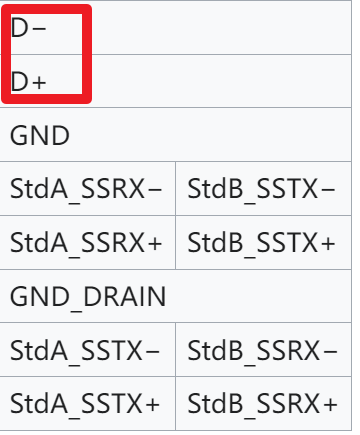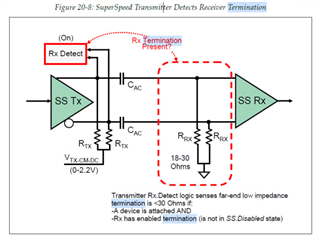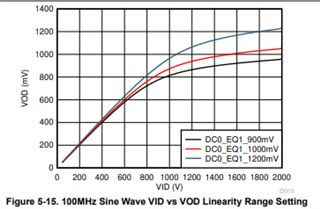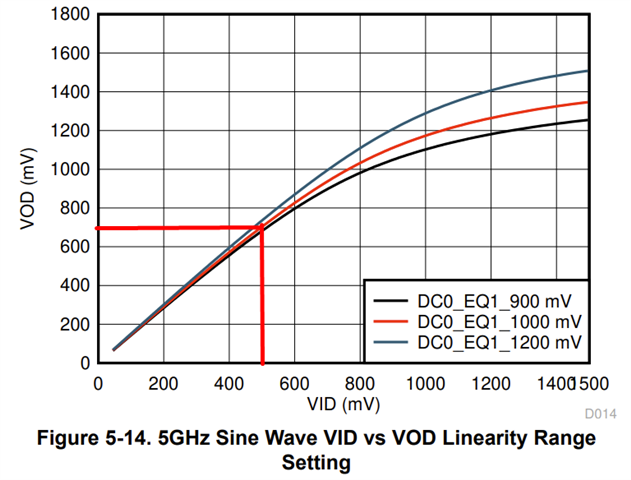Other Parts Discussed in Thread: TUSB216,
Tool/software:
Hi team,
I have some questions about datasheet.
(1) USB3.0 should also have D+ and D- pins. Why TUSB1002A only have 2 channels? Does customer need to add an additonal TUSB216 to compensate the D+ and D-?

(2) What's LOS and LFPS and Rx detect?

(3) Couldy you please illustrate the far-end receiver termination? I think the connection detection should happen at RX pins.

(4) What's electrical idle? Does it mean we disconnect the slave device from USB interface?

(5) Why the AC cap is 220nF for CH1 but 330pF or DC-coupled for CH2?

(6)How to understand below word?








